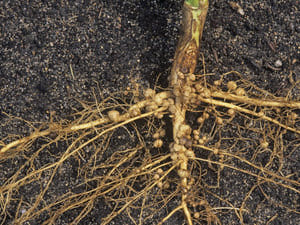Acacia Baileyana 'Purpurea' Seeds

This fast-growing, small evergreen tree features striking purple-tinged foliage that matures to silvery-grey, creating year-round visual interest. In late winter to early spring (July–September), it bursts into vibrant golden-yellow, fragrant flower clusters, perfect for attracting pollinators.
Ideal for gardens and landscapes, it thrives in well-draining soils and sunny locations, tolerating drought and light frosts once established. A nitrogen-fixing species, it improves soil health while adding beauty to your space. Each packet contains premium-quality seeds ready to germinate with simple pre-sowing treatment.

